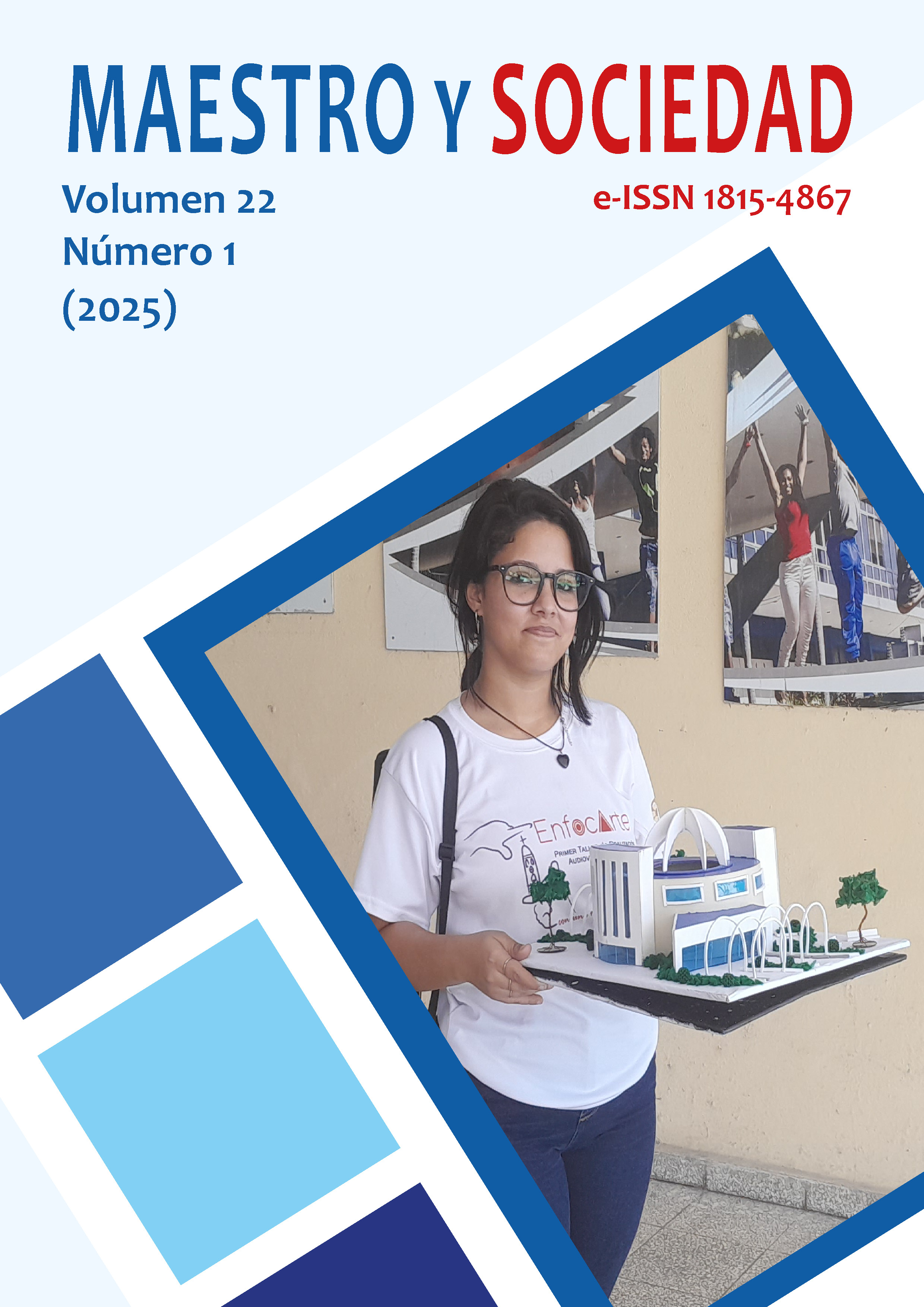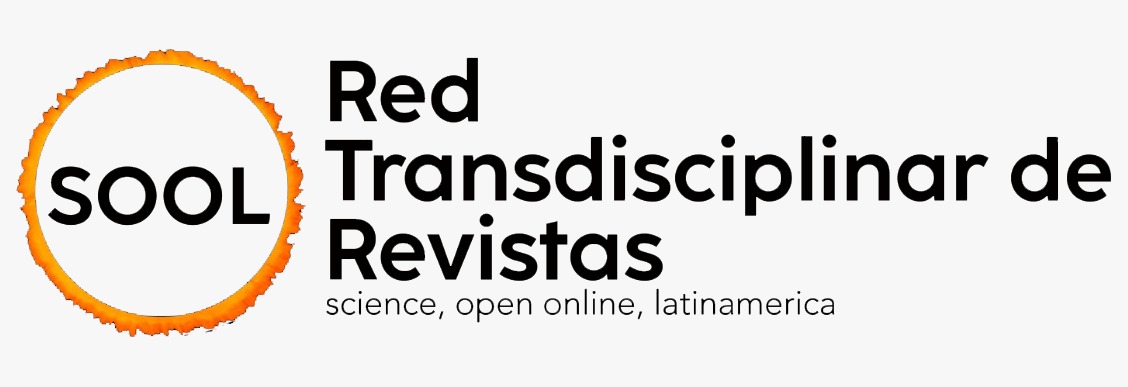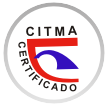Normal values of the lower limb balance test in amateur soccer players
Keywords:
Postural balance, Balance test, Normal values, Lower extremityAbstract
Introduction: The Y Balance Test (YBT) is a widely used tool to assess dynamic balance, particularly in athletes. It allows to identify musculoskeletal deficits, injury risk, and monitor recovery. Despite standardized data from other regions, Ecuador lacks reference values for amateur soccer players, making this study necessary. Objective: To determine normal values of the Y Balance Test of the lower limb in amateur soccer players from the Huambaló Parochial Sports League. Materials and Methods: A quantitative, observational, prospective, and cross-sectional study was conducted with 100 amateur soccer players from the Huambaló Parochial Sports League, Ecuador. Participants were selected using non-probability convenience sampling. Eligibility criteria included men aged 20–40 years without acute or chronic lower limb injuries and a BMI <25 kg/m2. The YBT was performed following standardized procedures, and data were analyzed using SPSS 26.0. Results: The mean BMI was 22.96, indicating a normal weight range. The average age was 27.45 years. No significant differences were observed between right and left leg lengths (90.66 cm vs. 90.67 cm, respectively). The highest normalized reach values were found in players aged 20 to 25 years, while the lowest were found in those aged 36 to 40 years. Discussion: This study establishes YBT reference values for Ecuadorian amateur soccer players aged 20 to 40 years, classifying them by age. Furthermore, it confirms that age does not significantly influence performance. Conclusions: These findings are useful for sports medicine, rehabilitation, and training, contributing to injury prevention and performance improvement.
References
Alshehre, Y., Alkhathami, K., Brizzolara, K., Weber, M. & Wang-Price, S. (2021). Reliability and validity of the y-balance test in young adults with chronic low back pain. Int J Sports Phys Ther., 16(3), 628-35.
Baldjian, A., Mohrenberger, H. y Ciladi, M. (2022). Estudio epidemiológico de lesiones en un equipo profesional de fútbol en Argentina. Argentinian J Respir Phys Ther., 4(3).
Bubić, A. & Kozinc, Ž. (2023). Lower and upper quarter y-balance test in recreationally active healthy adults: test-retest reliability, gender differences and inter-limb asymmetries. Exerc Qual Life, 15(2), 5-12.
Gil-Martín, M., Johnston, W., San-Segundo, R. y Caulfield, B. (2021). Scoring performance on the y-balance test using a deep learning approach. Sensors, 21(21).
González-Fernández, F. T., Martínez-Aranda, L. M., Falces-Prieto, M., Nobari, H. & Clemente, F. M. (2022). Exploring the Y-Balance-Test scores and inter-limb asymmetry in soccer pla-yers: differences between competitive level and field positions. BMC Sports Sci Med Rehabil, 14(1), 1-13. https://doi.org/10.1186/s13102-022-00438-w
Hertel, J., Miller, S. J. & Denegar, C. R. (2000). Intratester and intertester reliability during the Star Excursion Balance Tests. J Sport Rehabil, 9(2), 104-16.
Jiménez, G., Albuja, L. (2022). Aplicación del Y-Balance Test (YBT) para medir el nivel de riesgo de lesiones en miembros inferiores en jugadores de la academia de fútbol Barcelona S.C. Universidad Central del Ecuador. www.aging-us.com
Kaliyaperumal, A. B., Subbiah, B., Manickavelu, P. (2024). Single-Leg Dynamic Balance Training to Improve Stability on Post ACL Reconstruction, 316-24.
Luedke, L. E., Geisthardt, T. W., Rauh, M. J. (2020). Y-balance test performance does not determi-ne non-contact lower quadrant injury in collegiate american football players. Sports, 8(3).
Masuello, D., Machero, M., Rodriguez D`Aversa, G. (2023). Evaluación del control postural di-námico de miembro inferior a través de la prueba de equilibrio en Y. Argentinian J Respir Phys Ther., 5(3), 50-3.
Moisés Prieto, F., et al. (2020). Y-balance-test en jugadores de fútbol atendiendo al nivel de competición. Retos, 2041, 333-8. www.retos.org
Nelson, S., Wilson, C. S., Becker, J. (2021). Kinematic and kinetic predictors of Y-balance test performance. Int J Sports Phys Ther, 16(2), 371-80.
Plisky, P., Schwartkopf-Phifer, K., Huebner, B., Garner, M. B., Bullock, G. (2021). Systematic re-view and meta-analysis of the y-balance test lower quarter: Reliability, discriminant validity, and predictive validity. Int J Sports Phys Ther., 16(5), 1190-209.
Plisky, P. J., Gorman, P. P., Butler, R. J., Kiesel, K. B., Underwood, F. B., Elkins, B. (2009). The reliabili-ty of an instrumented device for measuring components of the star excursion balance test. N Am J Sports Phys Ther,4(2), 92-9. http://www.ncbi.nlm.nih.gov/pubmed/21509114%0Ahttp://www.pubmedcentral.nih.gov/articlerender.fcgi?artid=PMC2953327
Schwiertz, G., Beurskens, R. y Muehlbauer, T. (2020). Validez discriminativa del rendimiento de la prueba de equilibrio Y del cuarto inferior y superior: una comparación entre jóvenes sanos entrenados y no entrenados. BMC Sports Sci Med Rehabil., 12(1), 1-8.
Sikora, D. & Linek, P. (2022). The relationship between the Functional Movement Screen and the Y Balance Test in youth footballers. PeerJ., 10.
Stoddard, C. A., Wang-Price, S., Lam, S. E. (2022). Limb Dominance Does Not Affect Y-Balance Test Performance in Non-Athlete Adolescents. Int J Sports Phys Ther, 17(2), 164-73.
World Health Organization. (1995). WHO_TRS_854.pdf. Journal of Geria-tric Oncology, 1, 40-4. https://www.analesdepediatria.org/en-tuberculosis-in-paediatric-age-group-articulo-S2341287920302544
Published
How to Cite
Issue
Section
License
Copyright (c) 2025 Deysi Adela Guerrero Silva, Grace Verónica Moscoso Córdova

This work is licensed under a Creative Commons Attribution-NonCommercial-NoDerivatives 4.0 International License.
This journal provides immediate open access to its content, based on the principle that offering the public free access to research helps a greater global exchange of knowledge. Each author is responsible for the content of each of their articles.



























 Universidad de Oriente
Universidad de Oriente 